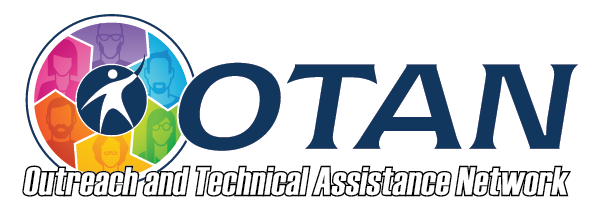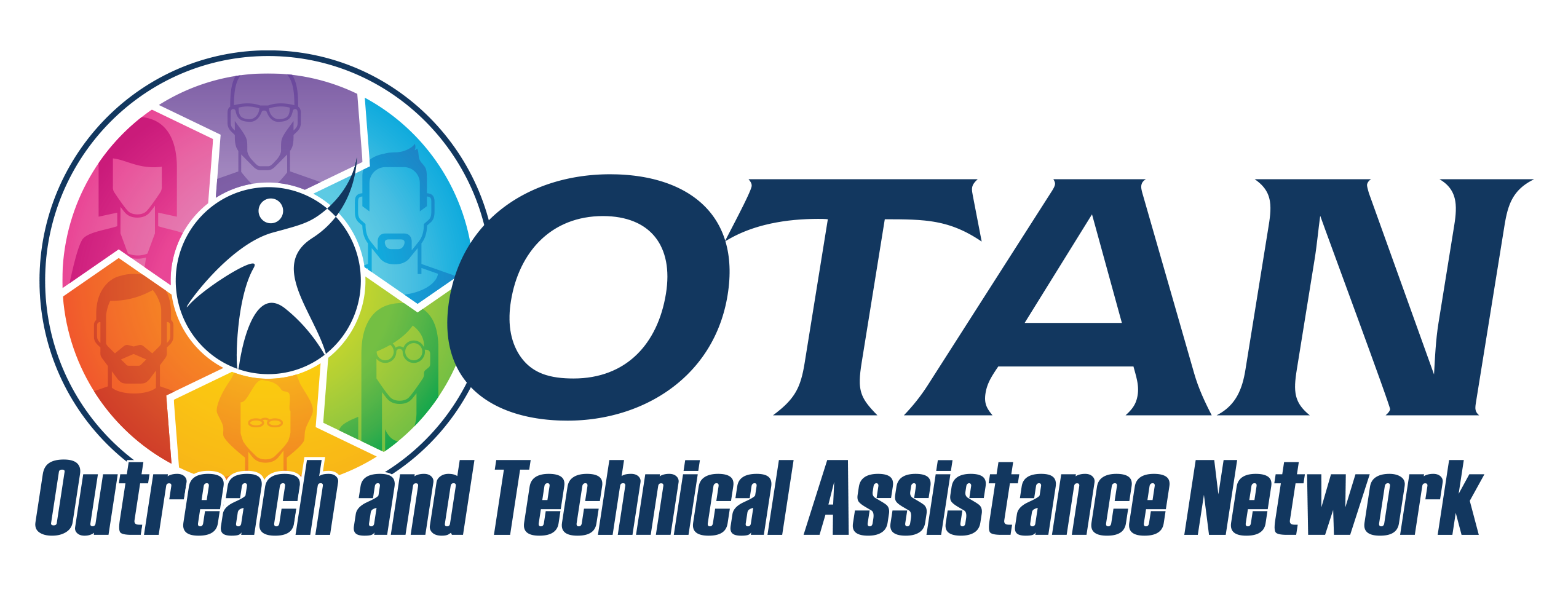The Wallet Citizenship Interview
by Jennifer Gagliardi, OTAN Subject Matter Expert
What's in Your Wallet?
What do you grab before you leave the house? Keys, glasses, phone, and a wallet. These essential tools not only unlock doors, start cars, and enable us to see the road ahead, they mark civic rights, obligations, and responsibilities. A driver's license signifies that I have the right to drive, that I am obligated to follow traffic laws, and I am responsible for picking up my kids from day care on time. But look deeper in your wallet, both your leather and cellular "wallets," and you find plenty of material that can help your students prepare for their new identity as new U.S. citizens.
The Leather Wallet Interview
It occurred to me very early in my career as a ESL/Citizenship teacher that using realia was critical to connecting with students. I would model the use of an object, and the student quickly copied the movements, picked up the vocabulary, and connected with the concepts. They would scrutinize their driver licenses as they filled out applications at job sites just as they had done in class. Why? Because information was near at hand, organized, and answered most of the questions that office assistant, service rep, or some sort of government worker would ask them. I was quite surprised when my fellow MATESOL absolutely balked when I told them to open their wallets, take out their driver licenses, and follow along as demonstrated in a naturalization interview. (Not only was it violation of privacy, using realia and speaking without notes or a slide deck were major breaches of academic etiquette.) But, in this case, the content scaffolding for interview questions could be found within their own wallets.
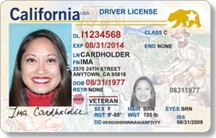
Source: dmv.ca.gov
To demonstrate, I dumped out the contents of my wallet and fished out my driver license as I explained that the naturalization interview (2008) was composed of 4 tests: civics, reading, writing, and understanding (speaking and listening) --this last test composed over 90% of the interview. And was divided into 10 sections initially focused on personal information (name, birth date, biometrics, address), easily prompted by the contents of a driver's license. I quickly picked out my work ID, student ID, and ATM card out of the pile to model questions about financial support. I pulled out my credit card that accrued airline points, waved my hands to show my empty ring fingers (complimented a recently married student sporting shiny gold band), and a photo of my kid rabbit. By this time, some students had opened their own wallets to follow along. One foreign student even pulled out her visa card and I compared it to the permanent resident card.
Then I moved on to the section about moral character. I produced a tear-off ballot receipt from a recent election, an old receipt from the state franchise tax board, and a parking ticket that showed that despite my best efforts, I did not always obey the law. On the other hand, I was carrying a business card for a local immigration legal service organization and “Know Your Rights" card, just in case, but sadly--and much more likely--that I would pass along to a student.

Figure 1 Artwork for Printing Your Own Red Cards – Chinese source: ILRC.org
A "Red Card" side note: the variety of KYR, accessibility awareness, and "I Speak" (a minority language) resources, design software, and micro-printing services has greatly enabled the development of customizable KYR cards that can address multiple needs. Explore the possibility of developing these cards with your school district or consortium--or even your own class!
The rights enumerated in the KYR card help me make an "attachment" to the US Constitution, the final sections of the N-400 Application for Naturalization, drawing the Wallet Interview to a close.
Time for civics: I scooped up the bills and coins in front of me and rehearsed the 100 questions associated with each item. By this time, more students had pulled coins out of their pockets and tried to stump with connections to the obverse of the coin. Finally, the professor called time, and we moved to the next speaker with renewed energy and attention.
Eventually all of these developed into detailed scripts, quizzes, and many videos (ex: the Wallet interview morphed into Interview 3; also see the Dollar Bill Quiz and the Coin Quiz). One particular note: the permanent resident card, one card item that was missing from my wallet--the veritable "Pass Go" card of the naturalization process--became the first component of the 2015 OTAN Digital Portfolio Citizenship Project. This prompted by widespread report backs that well-prepared citizenship students were stumped by the opening salvo of the naturalization interview: "Explain how you are eligible to become a U.S. citizen." It was difficult for many applicants to understand the polysyllabic word: eligible (eligibility) when they were primed to answer all 100 questions (in order) about the Constitution and the Declaration of Independence. Opened-ended N-400 question proved to be a challenge and responding with a knee-jerk, "No!" to every question that began with "Have you?" yet to more probing my USCIS examiners to verify that the applicants understood their civic rights, responsibilities, and obligations.
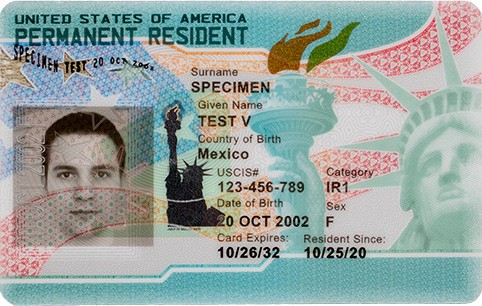
Source: uscis.gov
To address the eligibility question, we initiated a project that featured a mock-up of the permanent resident card on a slide template (updated). The student would learn how to make a copy of the slide, individualize the info, take a selfie, upload/insert the photo into their own slide, modify the slide title with "I have been a legal permanent resident for "X" number of years." For those who struggled with "legal permanent resident" (one student would spit the phrase out like fire), we suggested that they say, "I have a Green Card for 5 Years." We even developed small hand gestures for some students: "I" (point to self); "have" (hug self), "a Green Card" (put to hands together in a rectangle, like you a showing a card) for 5 Years (hold up 5 or the appropriate number of fingers). We have additional TPRs for Eligibility based on Marriage (hold up hands and point to left ring finger, then hold up three fingers on the right hand) and students who passed their interview. Finally, all the individual slides would be imported into a single class slide deck. Not only did the students acquire digital literacy skills; the Eligibility Slide Deck trained the students to clear gatekeeping question bar. Added bonus: the eligibility slide deck strengthened classroom culture: the "cards" allowed students recognize that they were "members" of the same "club" plus enabled them to get a "sneak preview" of their new identities as new US citizens.
The eWallet
What's on your eWallet, your cellular phone? “Everything, absolutely everything!” you may say. Even if you are not clicking on your camera to record an encounter with a law enforcement officer, you shouldn’t be pulling up the ILRC.org Red Card that you downloaded last week just in case. For the safety of all concerned, keep your phone in your pocket and your hands visible. If you hand over your phone, the phone contents can be searched. Get permission, reach for your leather wallet, then pull out your driver license and KYR card.
Although many Legal Permanent Residents (LPRs) don't carry their Green Card with them (many people carry a photo copy of the front and back and leave the real Green Card in a safety deposit box in a bank); they also carry digital copies of the Green Card (and driver's licenses, Social Security Card, etc.) scattered throughout their Photos, Email, Google Drive, and Notes apps, exposing the applicant to potential hacking. In a similar manner, using gen AI mobile app such as Chat GPT heightens the hacking.
When preparing to practice for your naturalization interview with the ChatGPT mobile app, develop a meaningful alternative persona before the interview can help minimize data breaches while you practice your content. Go to the Customize ChatGPT Settings and instruct it to respond as a USCIS Officer and selected the voice. "Coe," because the others seemed either too casual or upbeat. Upload interview pdfs and asked ChatGPT to follow the scripts.
On the one hand, the ChatGPT bot included the answer stems (which made the audio choppy); I plan develop and upload only query scripts. Also, the bot preferred to ask all the questions at once; and I had to interrupt it and ask it to read one question at a time allowing for a response. When I asked for deeper questions about attachment to the Constitution, it asked me questions about jury duty pulled from USCIS 100:49. When I told it explicitly that it was pulling jury duty from an incorrect source and focus only on N-400 content, it reverted to jury duty after 3 questions.
New feature, I was able to save clips and export them to iPhotos and upload them to YouTube--very useful for student-teacher sharing. In about 40 min, I came up against the limit of my free account, so prepping for interview is key. The portability, ease of use, and limitation entices me to use it more! What's in my eWallet? My very own Naturalization coach!
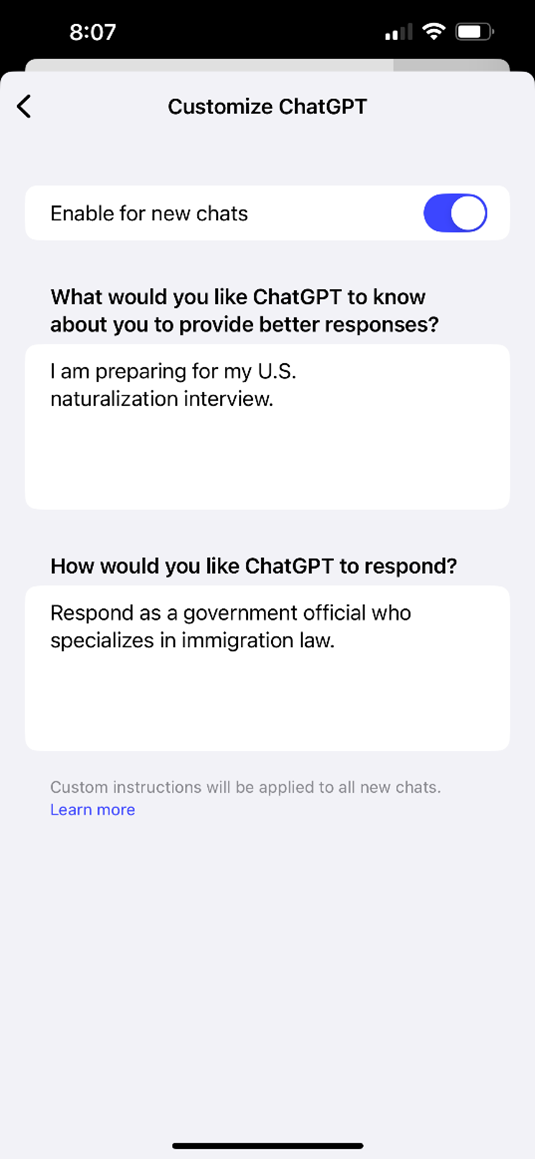
Figure 2Preparing the Chatbot Officer
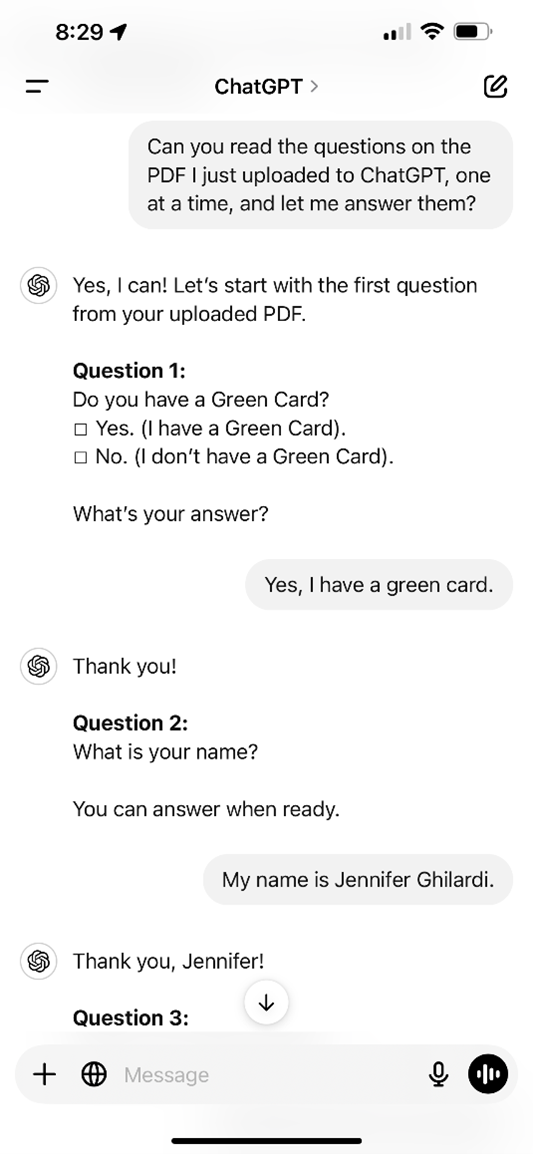
Figure 3 Uploaded Interview pdf reading the text out loud.
Conclusion
In summary, preparing people for their Citizenship Interview can be scaffolded by many items from their own wallets. This relevancy to what’s in their pocket and questions brings about a reality which can be practiced repeatedly. Choose a couple of new ideas to add to your repertoire and let us know how it worked in your classroom.
